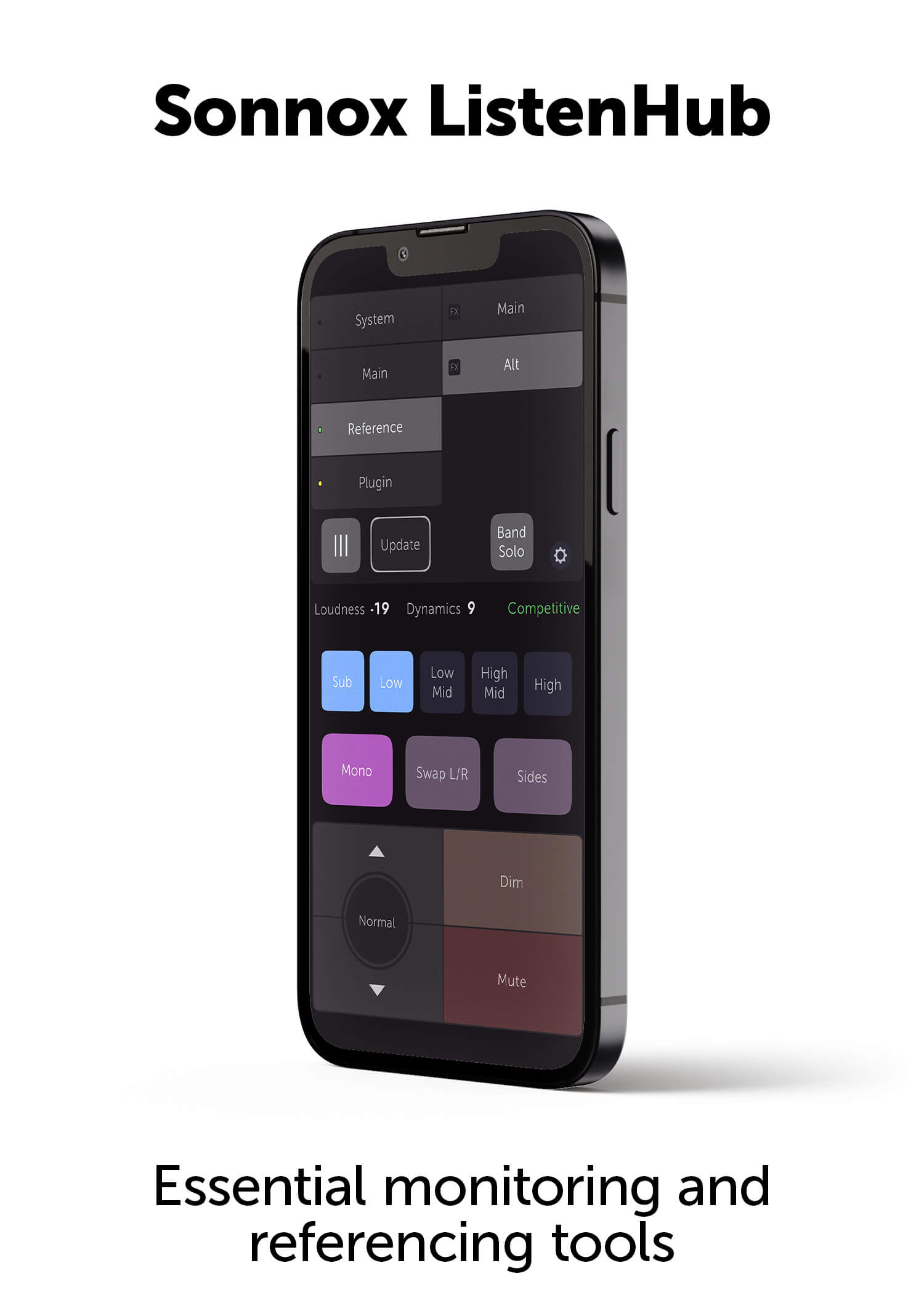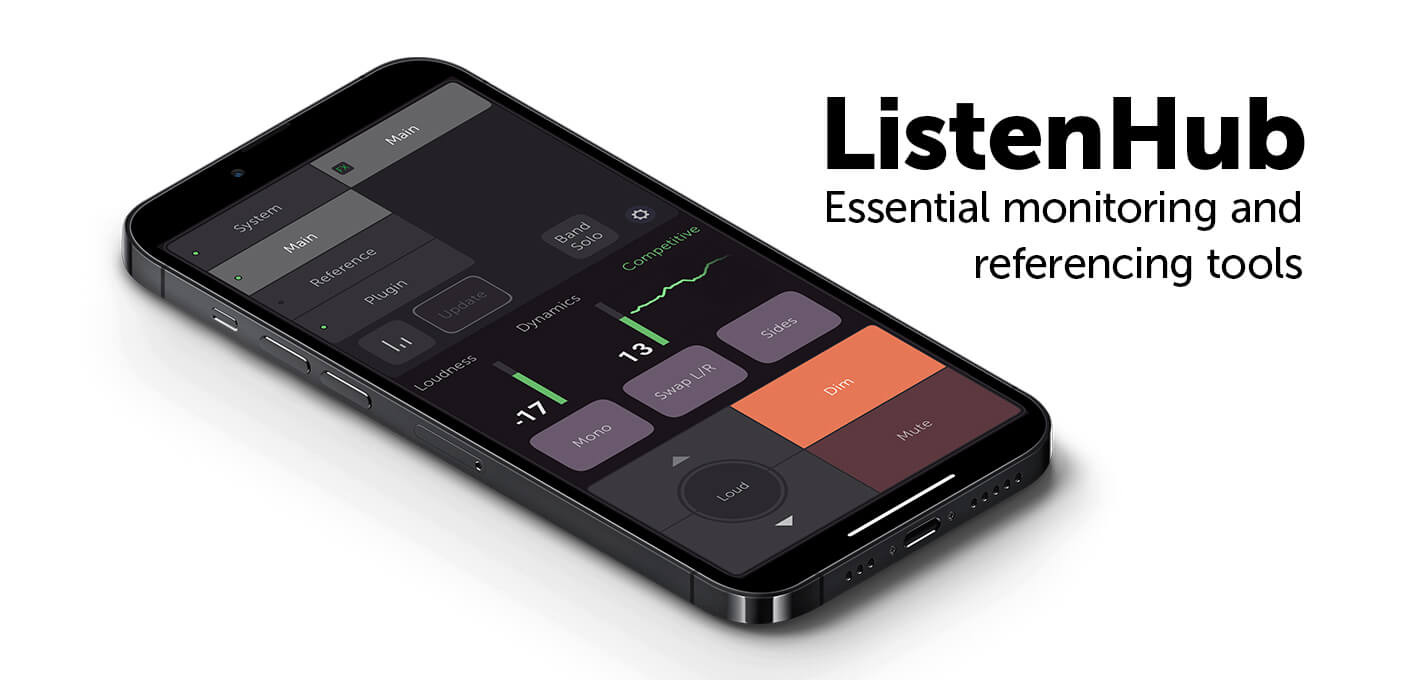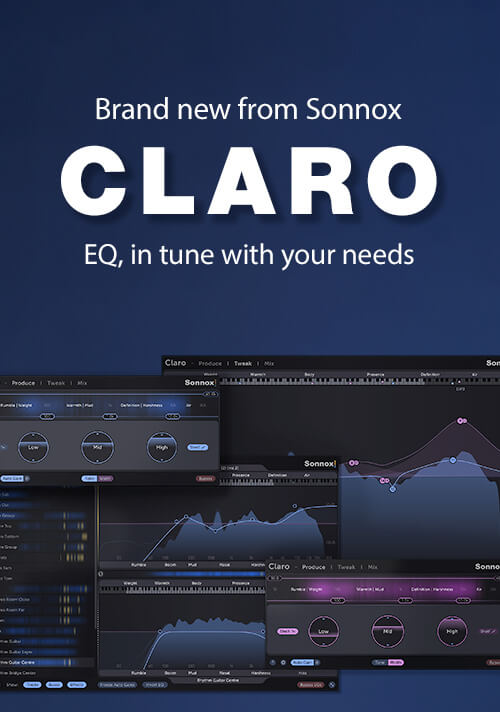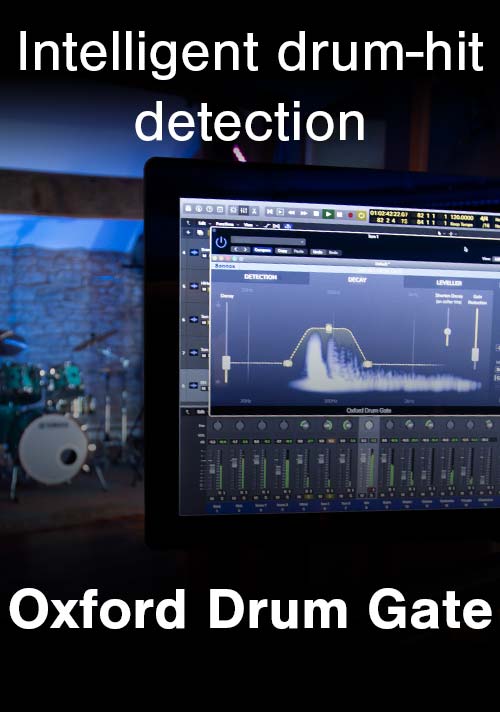Rich Breen
Confidence Breeds Security
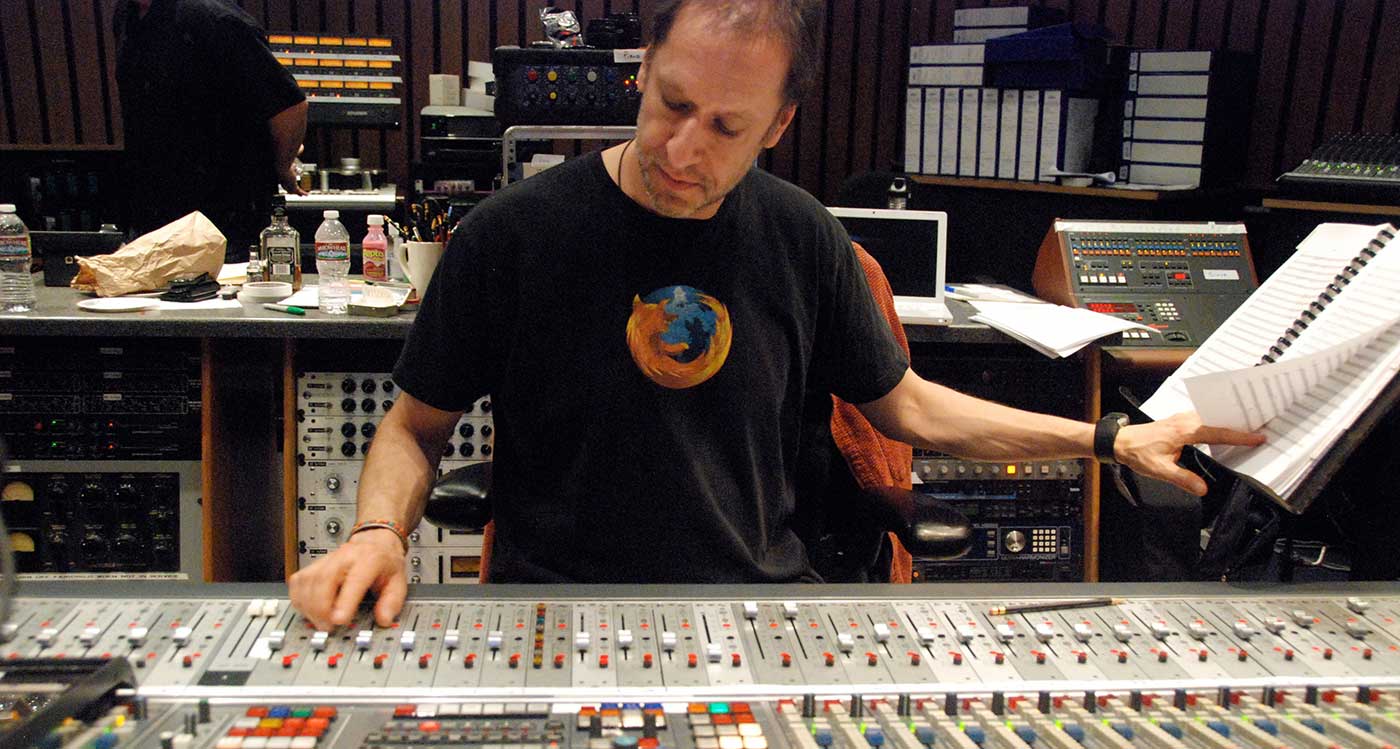
With over 30 years of experience behind the console, Grammy award-winning engineer/ mixer Rich Breen has worked with some stellar names in music and film. From Seth MacFarlane, The Yellowjackets and Herbie Hancock to large orchestral dates and IMAX film tracks, he’s handled just about every type of session. We caught up with him one sunny morning at his home studio, Dogmatic Sound in Burbank, California, to talk shop and learn what Sonnox plug-ins bring to his assignments.
How did you get started in this business?
Actually, I always wanted to do this. I was a musician from early on - a jazz piano player. I always fooled around with tape recorders and gear. As soon as I found out that this job existed, I wanted in. So I went to school out East and studied Electrical Engineering and Music. After college, I got a job at Universal in Chicago and was there for almost ten years. Now I do a lot of jazz records and I also have a couple of fingers in film scoring.
What’s your platform?
I’m on a MacPro, running Pro Tools 11 HDX with a C24 controller. I mix primarily in the box, but I’ve got a few hardware things like a GML and a TC System 6000. Mostly, these days that stuff just gets used for tracking. It almost never gets turned on anymore when I’m mixing. For what I do, working inside Pro Tools makes a lot of sense. I don’t miss the big consoles.
How did you start using Sonnox Plug-ins?
I got them pretty early on, and at the time I felt they were one of the first serious companies making audio plug-ins. Of course, they had a good reputation from the Sony Oxford console. I plugged in as soon as the Oxford EQ came out with the GML Option - I was really looking for that because I dearly loved my GML-8200 EQ. So I got the Oxford EQ right away and it was awesome. They have a great reputation and you can tell from what you hear that they’ve been serious about it. Now I also have the Oxford Dynamics, SuprEsser and the Fraunhofer Pro-Codec.
With so many EQs out there, why the Oxford EQ?
The Oxford EQ is one of my ‘go-to’ EQ’s because it does everything I want it to. I especially like its flexible high and low pass filters, which sound excellent. But having the GML curves in there, for me, just feels very natural and really easy to use. I turn it on, it does what I want, and I can get on with my business. I also use some of the other EQ curves as well, especially if I need to do something really surgical. But for me, most of the time it’s on the GML setting.
A major thing is that you really need to know that your session is going to open up a couple years down the road. That’s a really big issue. If I need to open up stuff from 5 years ago, I have to be sure that it’s all going to come back. Plus, I’ve got to have confidence that the company’s done their due diligence as far as development goes; I know Sonnox will be there.
How about the Dynamics?
Again, it’s one of my go-to plug-ins. Because they have both DSP and native versions I have the flexibility to use them a lot. The compressor just sounds good to me and very flexible. I like having the warmth feature, which is really cool. But also, having a limiter in there is very handy.
The Dynamics is really great on vocals. You can have the compressor doing all the general leveling that you want it to do and then you’ve got the limiter to take care of the really big peaks. And the warmth gives it some extra fatness. For me, having all those options in one plug-in make it a great package.
As for the SuprEsser, that is my favorite de-esser. I use it all the time for vocals. It’s wonderful for taking care of ‘S’s and the big, wide super mid-rangy consonants.
It does a really good job and I find it easy to use. The other thing about it that is really great, that no other de-esser has, is the automatic level tracking.
Do you run AAX DSP or Native?
I’ve got it in both DSP and Native. That’s really important for me because I do a lot of stuff where I’m tracking and I don’t want to have to change everything out when I get in here to mix. I can have the DSP plugs on stuff with no latency issues on an HDX rig and between tracking, mixing, and back again without having to change things.
Honestly, there aren’t really many great sounding AAX DSP plug-ins out there, so I’m really glad to have the Sonnox plug-ins!
Interview and editorial by Rich Tozzoli
